General Info – summary
This Tree is up to 25m high. The trunk becomes rough, flaky and up to 1,4m wide. Simple, decussate Leaves lack stipules & have entire margins. The very small, pinkish, bisexual & regular Flowers are in cymes. Sepal lobes are inconspicuous and occur on the rim of the hypanthium. Galls may distort flower parts. Fruit is a false drupe. Seeds with a thick warty testa & no endosperm.
Description
Olinia ventosa
Previous Names: Olinia acuminata, Olinia capensis, Olinia cymosa, Plectronia ventosa, Sideroxylon cymosum.
SA Tree No. 513.
Common names: (Afr) Hardepeer, Rooibessieboom. (Eng) Hard–pear. (isiXhosa) Unkunye, Ungenalahle, Inqudu, Umpanzi. (isiZulu) Ingobamakhosi, Ongenalahle.
Family: Oliniaceae. This is an African family of 1 genus and 10 species (5 in the South Africa). The trees or shrubs may be deciduous. They have 4-angled branchlets. The entire, simple, hairless Leaves are opposite and petioles are present. The small, actinomorphic flowers are bisexual. The petal-like, conspicuous Calyx is 4 or 5 lobed and may be white or pink. The 4-5, small, hairy Petals are shorter than the sepals. 4 or 5 Stamens with short filaments are present. The inferior Ovary extends with a straight style and ends with a thickened stigma. The Fruit is almost spherical and up to 1cm wide. It is drupe like and turns red to brown when mature. Seeds have a warty testa and lack endosperm.
Name derivation: Olinia named after Johan Hendrik Olin (1769-1824), a Swedish botanist and author. ventosa – windy, light or swift which may refer to the growth rate.
Conservation: National Status: L C. (Least Concern). Assessment 2018 (L. von Staden).
Tree
The shrub or tall Tree – up to 25m high with a wide trunk – with a diameter of about 1m in a forest. The Bole (is the stem and main wooden axis of a tree) may become buttressed. When growing on dunes it may be a shrub. In a tree, the Trunk is straight, upright and the initial lower branches tend to fall early, leaving current branches higher up (photo 339). The Bark is initially thin, grey and smooth (photo 781). With age, it may become fluted (grooved, funnelled, channelled: having or marked by grooves), rough and flaky (photos 331 & 782). It is light or dark coloured with a reddish tinge and may be scaly. On the 4-angled smooth Branchlets (usually applied to branches of the current or preceding year), the young bark changes from green to pinkish then grey (photo 785 – under Leaves).
- 339. 2018/09/11. Kirstenbosch NBG. Photo: David Becking.
- 792. 2014/09/15. Lowveld NBG. Photo: David Becking.
- 331. 2018/09/11. Kirstenbosch NBG. Photo: David Becking.
- 782. 2014/09/15. Lowveld NBG. Photo: David Becking.
- 781. 2014/09/15. Lowveld NBG. Photo: David Becking.
Leaves
On this evergreen tree, the glabrous (hairless) Leaves are simple (has a single blade which may have incisions that are not deep enough to divide the blade into leaflets), and decussate (opposite pairs of leaves have successive pairs at right angles to each other i.e. rotated 90 degrees along the stem when viewed from above). This can be seen if you look carefully at photo 785 and 787. Each leaf is up to 8 x 3,5cm and obovate to elliptic or oblanceolate (the leaf is broader at the apical third than at the middle and tapers towards the base – photo 334). The Apex tapers and is bluntly pointed, round and may be notched on mature margins. The Base tapers into the Petiole (leaf stalk – photo 785). The petiole is short (up to 7,5mm long), hairy and may be pink and velvety. The Blade is dark green and glossy above and is lighter and dull below (photo 334). The slightly wavy Margin is slightly rolled under and the leaf is entire (with a continuous margin, not in any way indented). The Midrib protrudes below and is mostly sunken above (photo 785). Veins are slightly easier to distinguish below and are more clearly visible when viewed against the sun (Photo 335). Here the side veins may divide before reaching the margin. Stipules (basal appendages of the petiole) are rudimentary and not clearly visible.
- 785. 2014/09/15. Lowveld NBG. Photo: David Becking.
- 787. 2014/09/15. Lowveld NBG. Photo: David Becking.
- 334. 2018/09/11 Kirstenbosch NBG. Photo: David Becking.
- 335. 2018/09/11. Kirstenbosch NBG. Photo: David Becking.
Flowers
The very small, slightly sweetly fragrant Flowers are white – occasionally tinged with pink. The tubular flowers are actinomorphic (Regular, symmetrical. Flowers are vertically divisible into similar halves by more than 1 plane passing through the axis). They are borne in leaf axils at the ends of branches in short trichotomous (division into 3) Cymes (a broad, more or less flat-topped, determinate flower cluster, with central flowers opening first) which are up to 7cm long. The inflorescence may be slightly shorter than the leaves. There are 3 groups of 3 flowers per inflorescence. Each flower is on a distinct Pedicel (stalk of a single flower – photos under Fruit). The creamy-white Bracts (modified leaf associated with reproductive structures) may be mistaken for petals and fall as the flower opens. Flowers are bisexual. The Sepal lobes are inconspicuous and occur on the rim of the Hypanthium (the cup-like receptacle derived usually from the fusion of floral envelopes and androecium, and on which are seemly borne the calyx, corolla and stamens). The minute, incurved, elliptic, white/pink Petal lobes arise from the throat of the tube. The petals now become reflexed and enlarge exposing the usually 5 Stamens with very short Filaments. Each Anther is small and has 2 thecae (pollen sacs) which open by longitudinal slits. There is a single Pistil (a unit of the Gynoecium, the female element of the flower, composed of the Ovary, Style and Stigma). The Ovary is inferior. The Style is straight and has a thickened Stigma. (May-Nov). Galls may distort the flower size and constituents. (May-Oct).
Fruit
The Fruit may only develop every 5-7 years. The fruit is an almost spherical false drupe, which is thinly fleshy, up to 7mm in diameter, turns red or pink and finally brown when mature (photos below). The apex of the fruit carries the circular scar, which is the remains of not just the Calyx but of the hypanthium (photos 789 & 790). Seeds within the fruits have a thick warty testa (seed coat) and lack endosperm (the starch and oil-containing tissue of many seeds; often referred to as the albumen).
- 337. 2018/09/11. Kirstenbosch NBG. Photo: David Becking.
- 789. 2014/09/15. Lowveld NBG. Photo: David Becking.
- 790. 2014.09.15. Lowveld NBG. Photo: David Becking.
Distribution & Ecology
Provincially these trees occur in the Western Cape from Table Mountain, roughly to East London in the Eastern Cape – also in the Tsitsikamma National Park. This plant is Endemic (Endemism is the ecological state of a species being unique to a defined geographic location) in South Africa. It is more common within the altitude range 90-600m and grows well in stony soil. In the Forest, this is one of the fastest growing of our indigenous trees. It is a canopy tree, which often occurs at low altitudes and in kloofs. It is not a pioneer plant and close to the sea, it may be reduced to coastal shrub. Identification of this genus is aided by the smell of almonds that can be found in crushed leaves, young stems, cut bark and sapwood. Birds including Red-faced and Speckled Mousebirds, Bush Doves and Turacos (Loeries) seek the Fruit.
Ethnobotany
The Wood is strong, hard, dense and compact. It is a yellowish to reddish brown colour. Seasoning the wood is necessary to avoid splitting and warping. It was used to build ox wagons. More recently, it has been used for poles, musical instruments, railway sleepers and for making good furniture. The wood has a fine finish with a rippled effect. Heartwood of old trees may be unsound. Because of the hard covering Seeds will take a long time to germinate. Under good conditions, the plants will grow more than 1m per year. This hardy tree will make a good shade tree for a large garden. Because of its aggressive roots, it should be planted away from buildings. Newly cut wood and crushed Leaves have an almond smell, indicating the presence of a compound containing Cyanide. The plant stores this safely in cell vacuoles, releasing it only when damaged. A membrane surrounds each vacuole.
References
Boon, R. 2010. Pooley’s Trees of eastern South Africa. Flora and Fauna Publications Trust, Durban.
Coates Palgrave, M. 2002. Keith Coates Palgrave Trees of Southern Africa, edn 3. Struik, Cape Town.
Ginn, P.J. McIlleron, W.G. Milstein, S. 1989. The Complete Book of Southern African Birds. Struik Publishers (PTY) LTD. Third impression 1991.
Lawrence, G. H. M, 1951. Taxonomy of Vascular Plants, The Macmillan Company, New York. Tenth Printing 1965.
Palmer, E. & Pitman, N. 1972. Trees of southern Africa, Balkema, Amsterdam, Cape Town.
van Wyk, B. & van Wyk, P. 1997 Field guide to Trees of Southern Africa, Struik, Cape Town.
von Staden, L. 2018. Olinia ventosa (L.) Cufod. National Assessment: Red List of South African Plants version 2020.1. Accessed on 2023/09/29.
http://www.plantzafrica.com/plantnop/oliniavent.htm
https://en.wikipedia.org/wiki/Olinia_ventosa
http://www.platbos.co.za/indigenous_hard_pear.html
http://posa.sanbi.org/flora/browse.php?src=SP

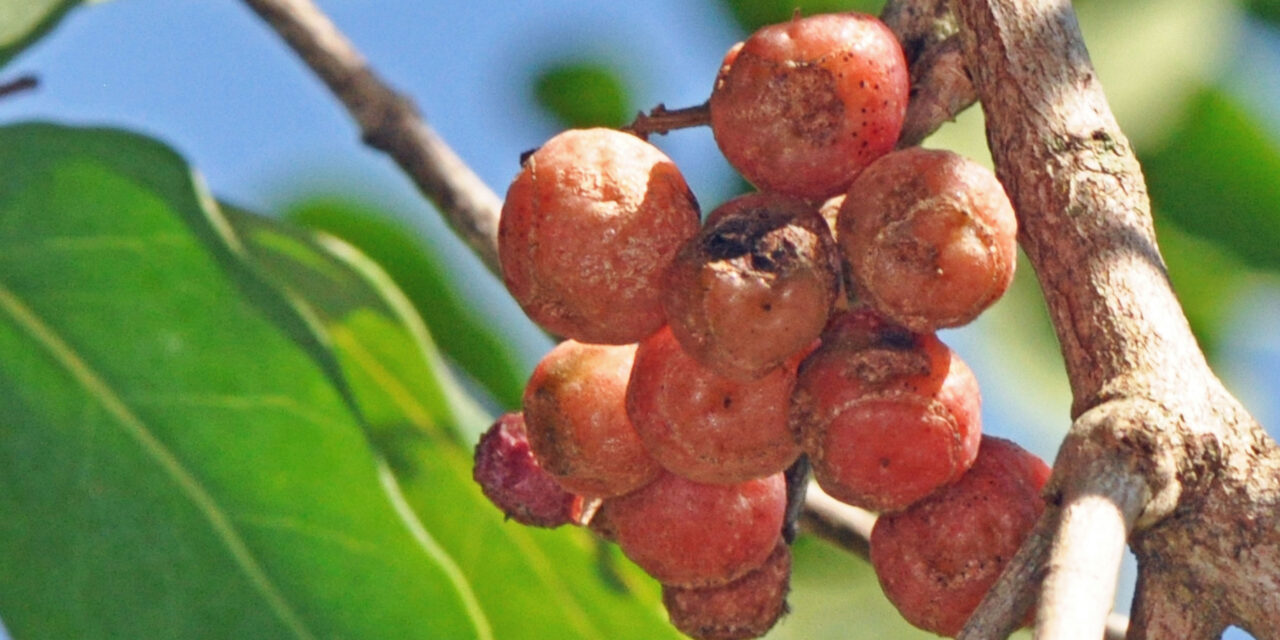
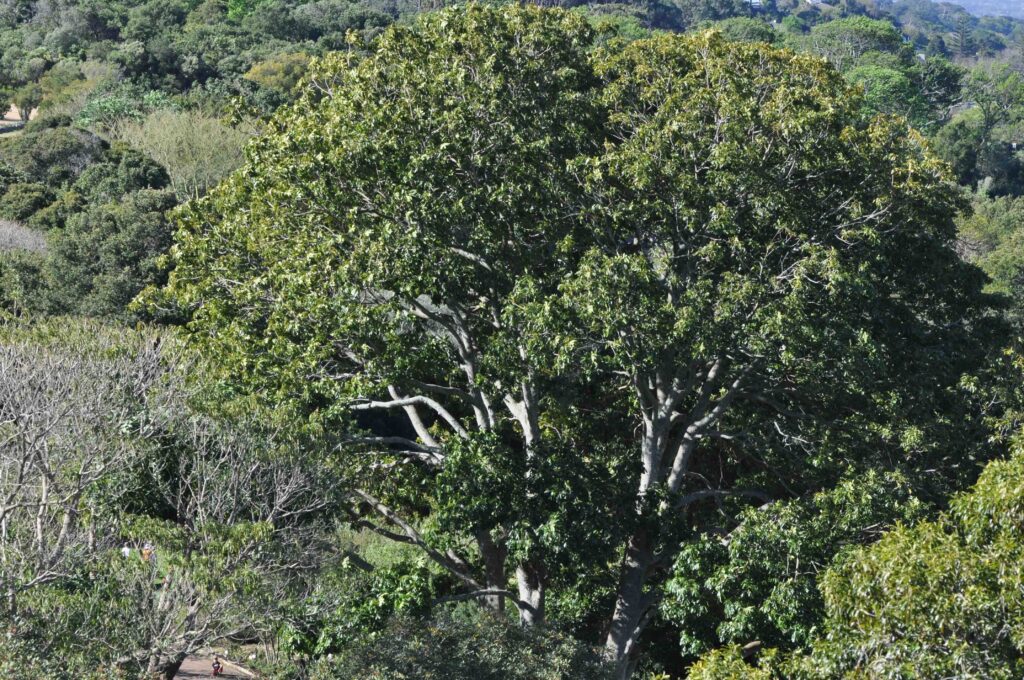
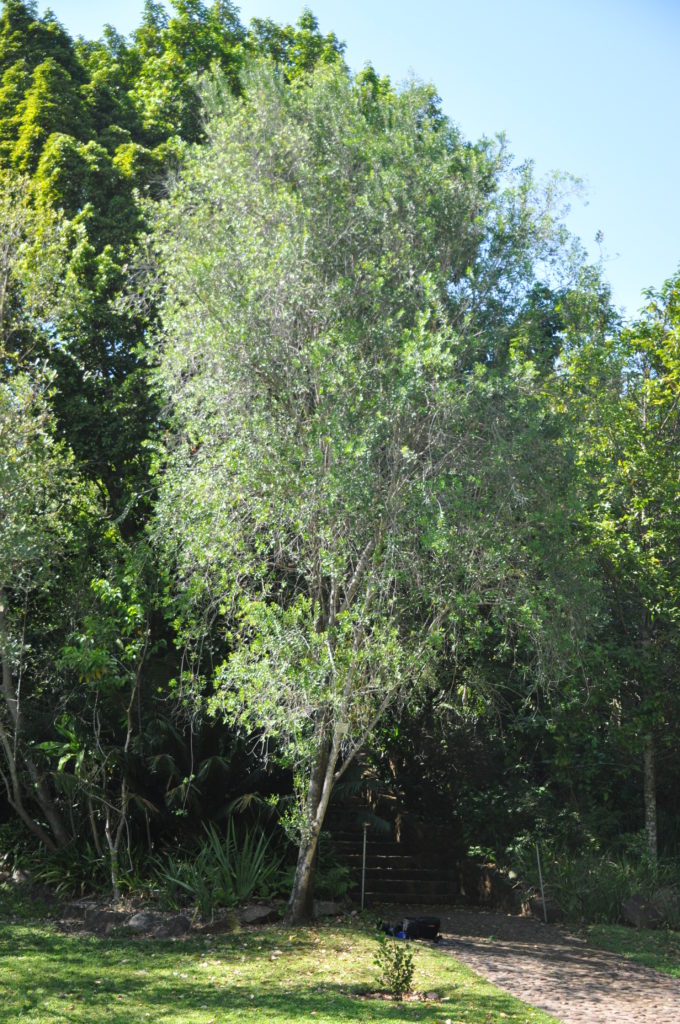
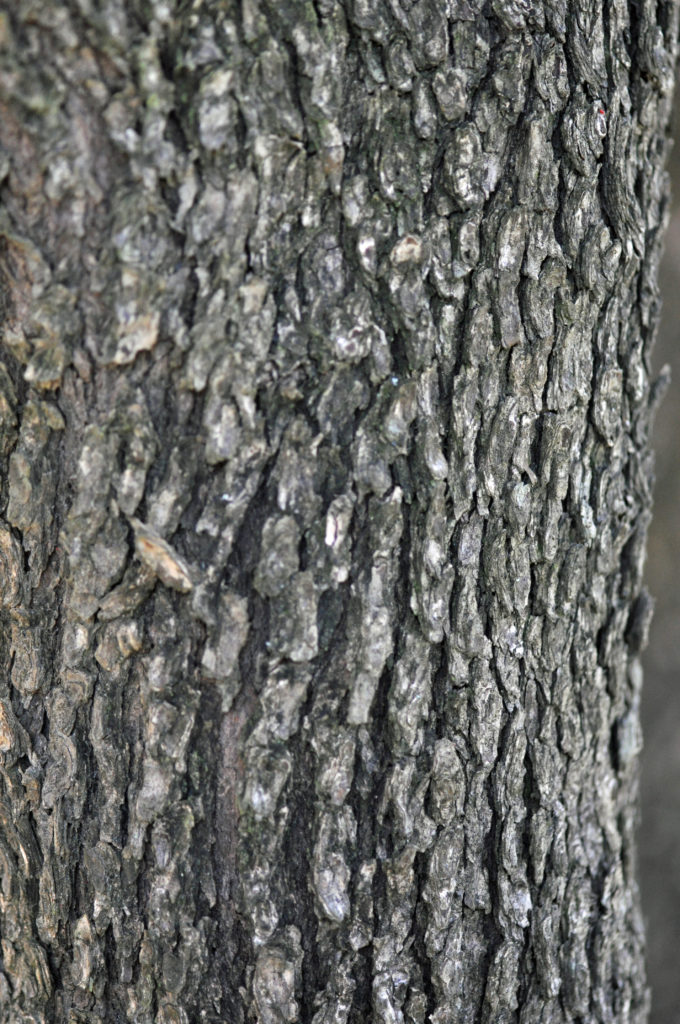
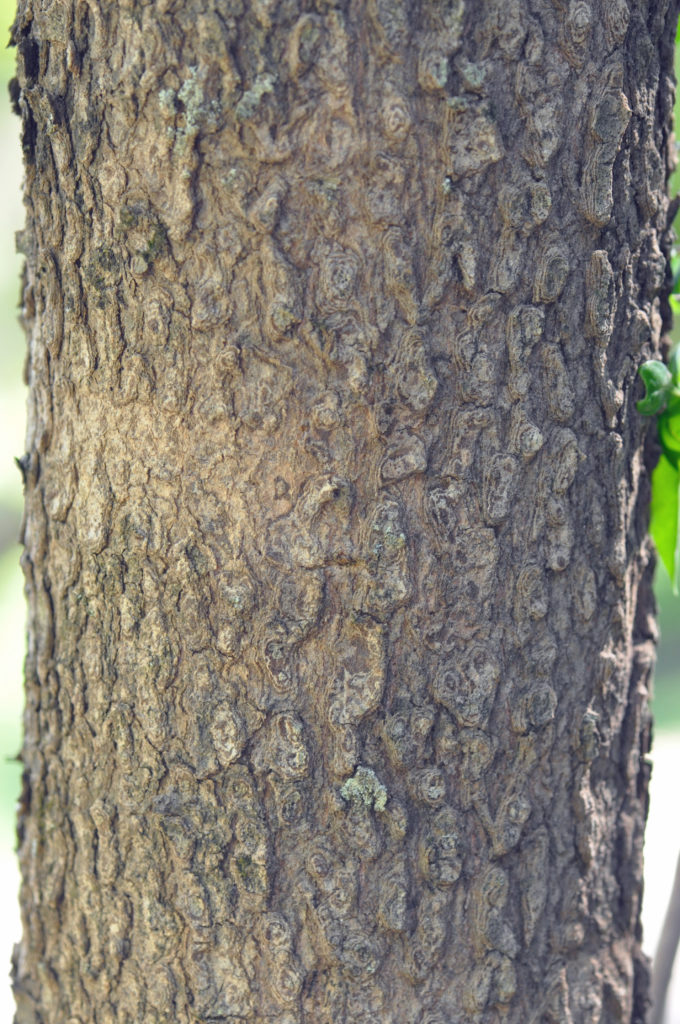
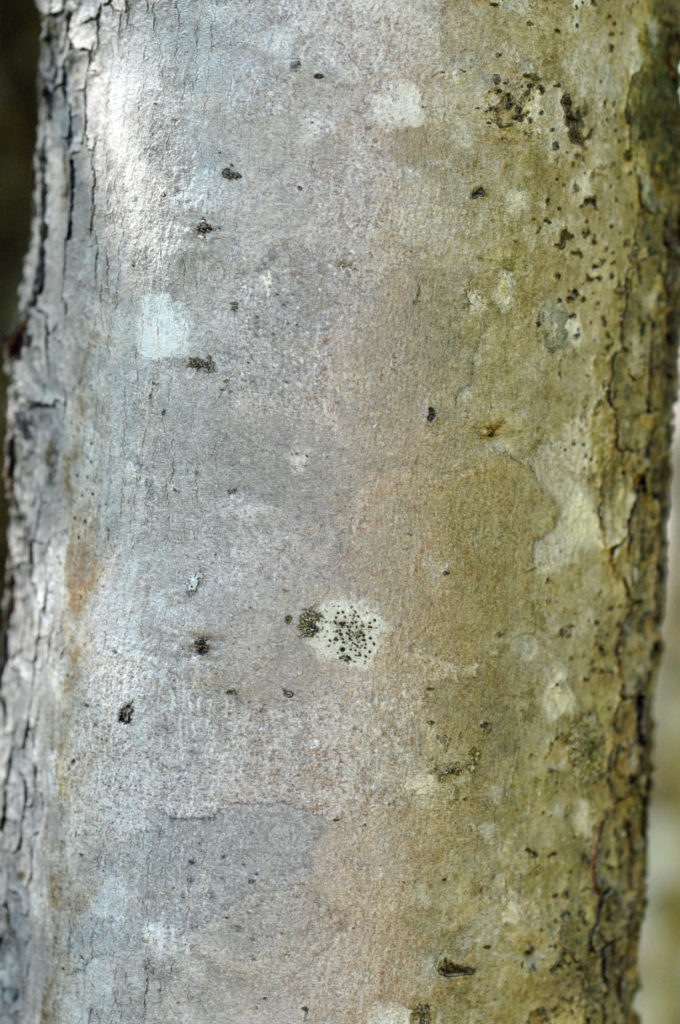
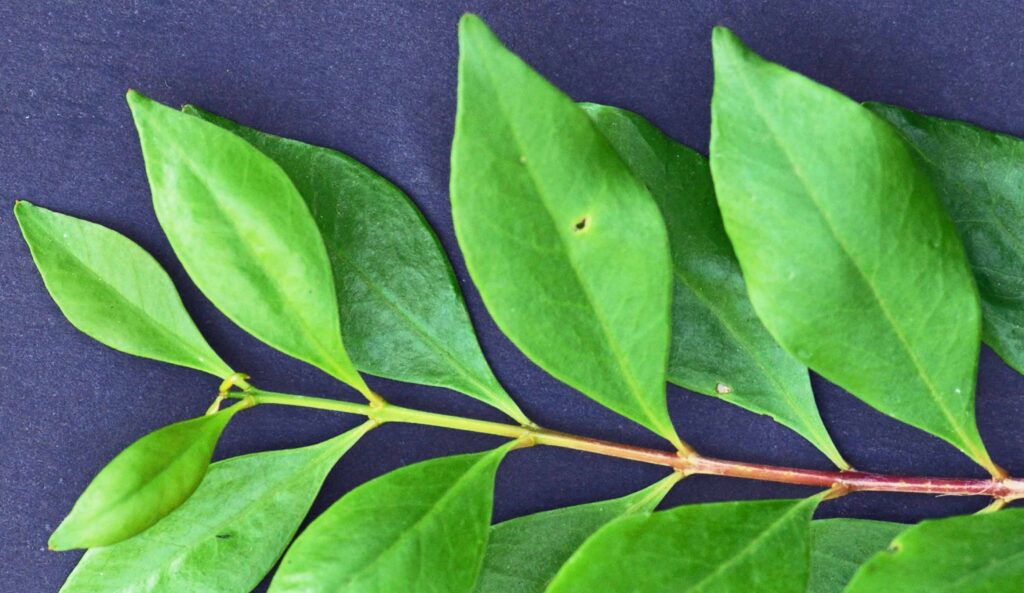
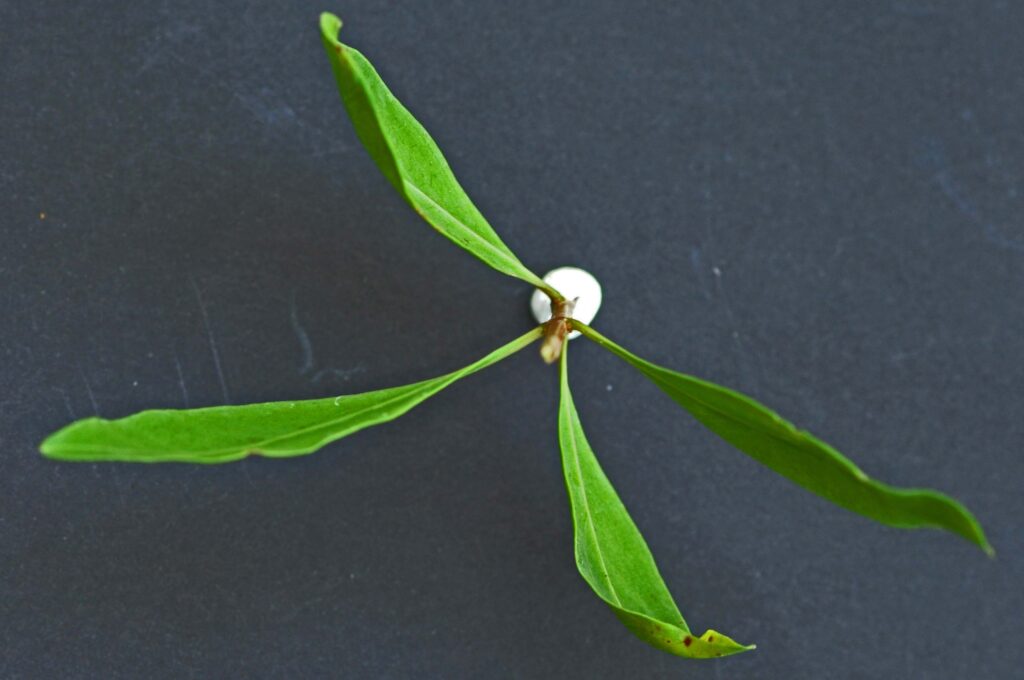
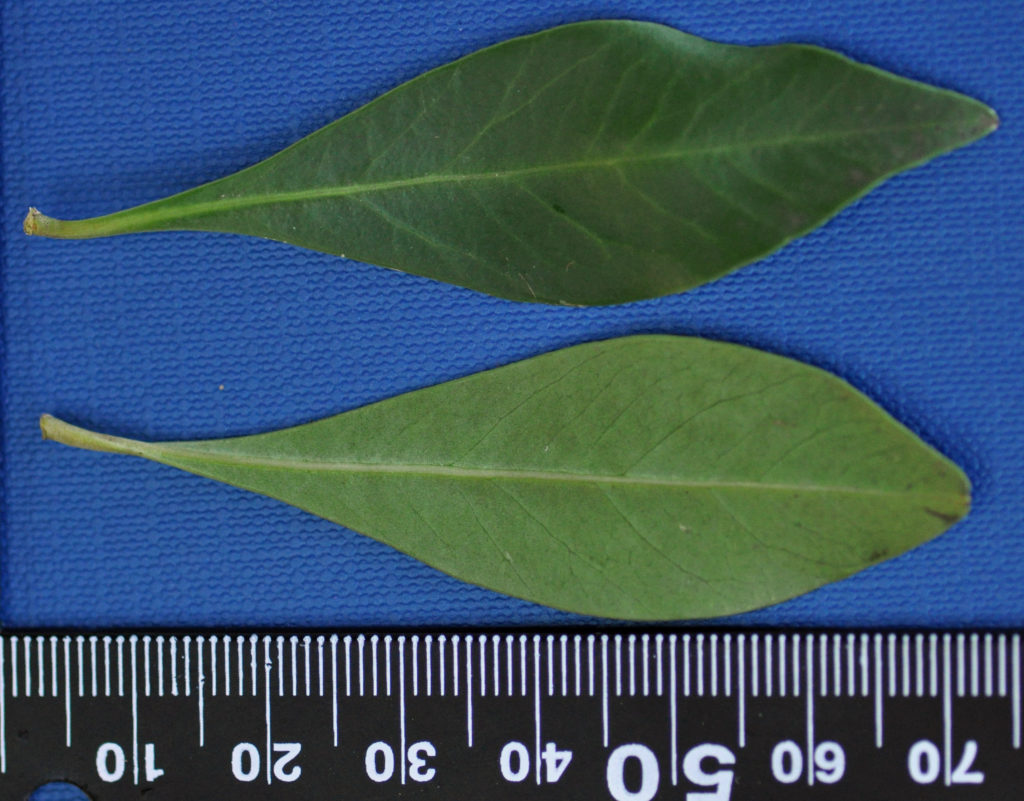
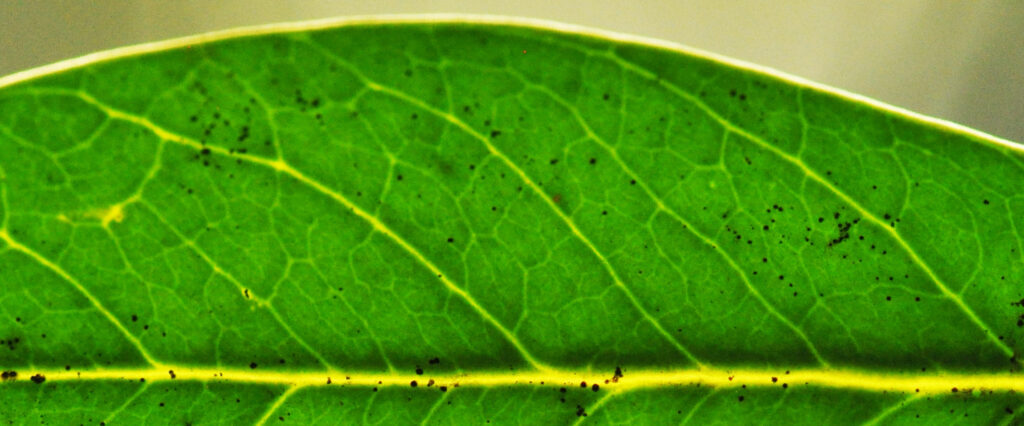
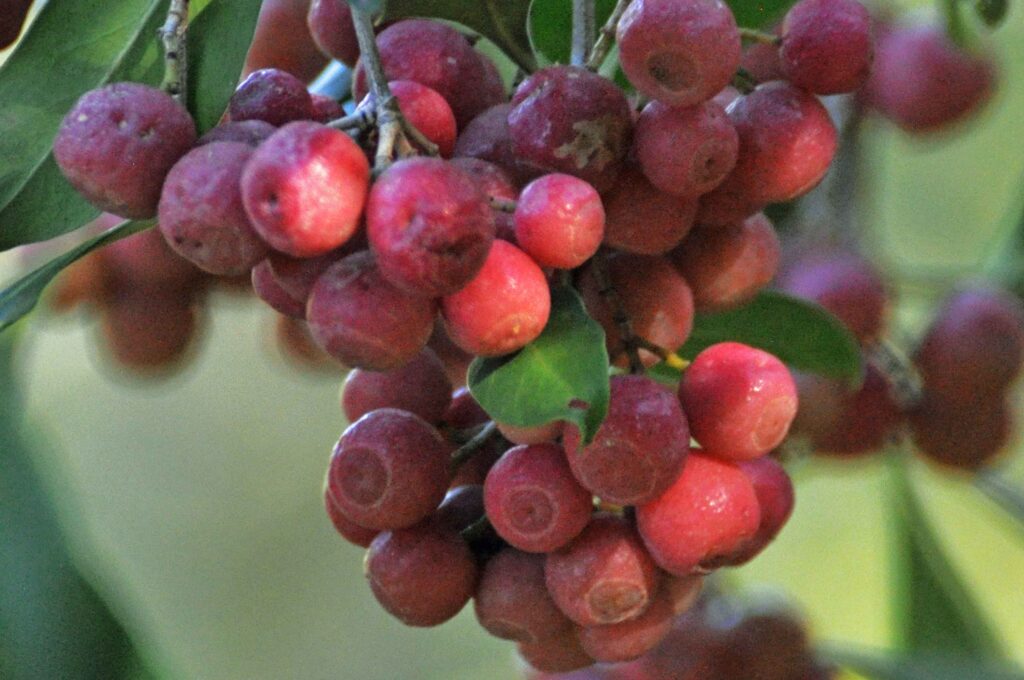
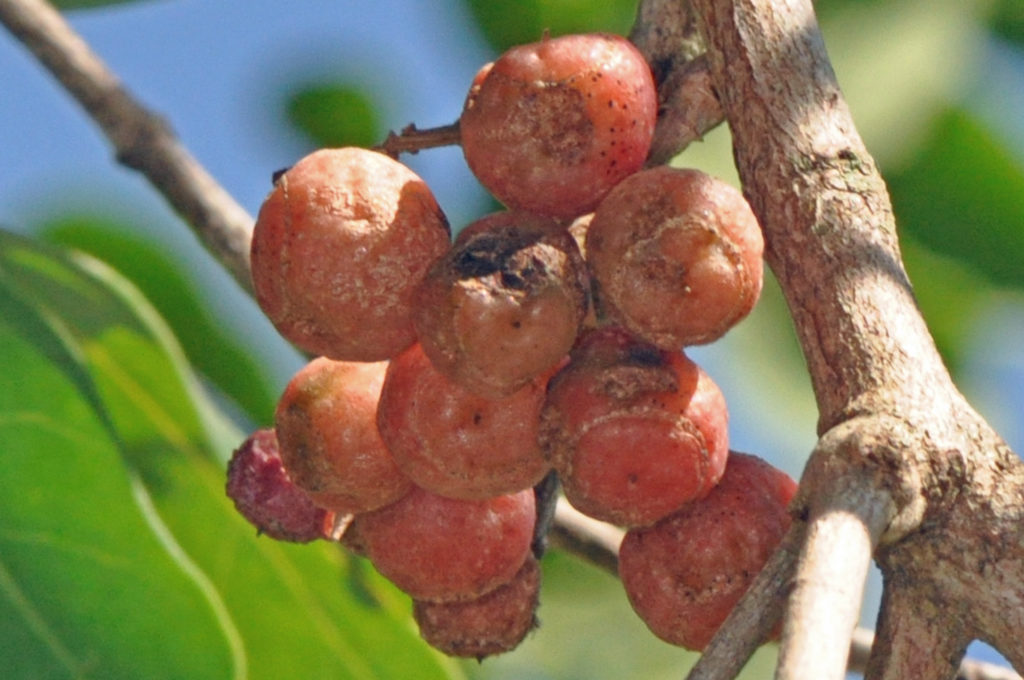
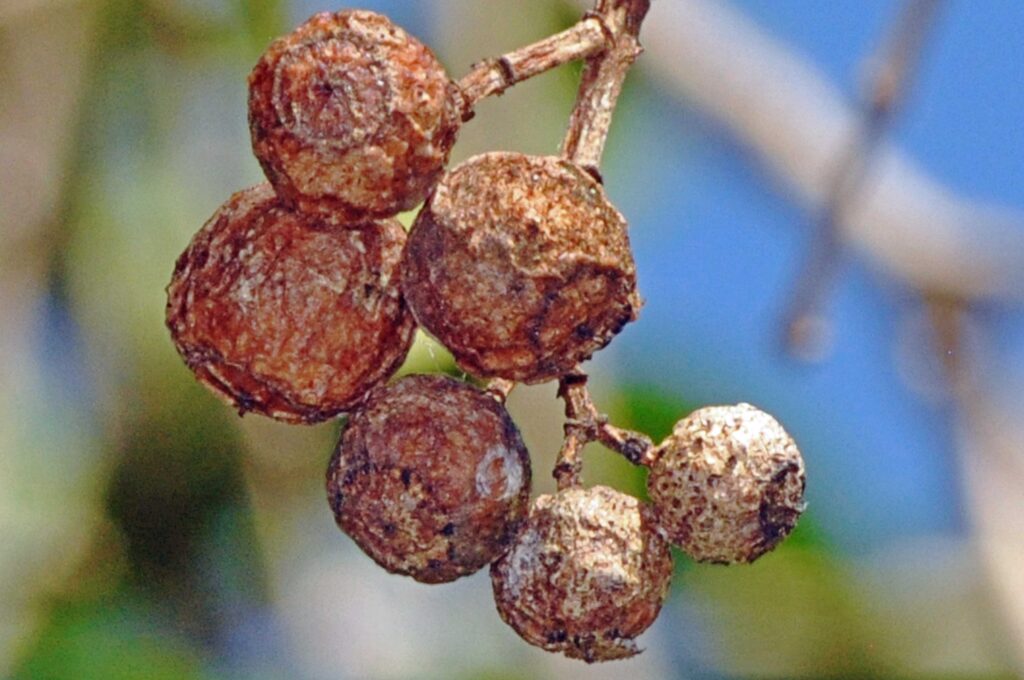
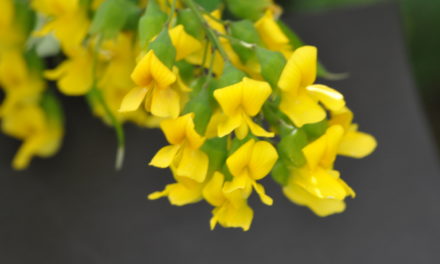
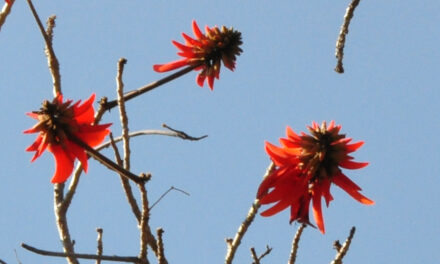
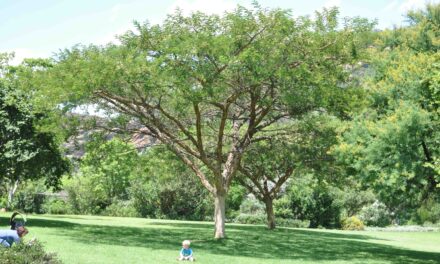
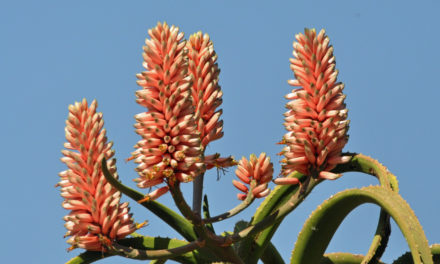
Good Day, my question is regarding my Hard Pear tree growing in my garden in Somerset West. It was planted in 2005 .It has flowered and fruited only once.
It has a short strong trunk and a very full crown.
For the first time we see that it shedding a considerable amount of yellow leaves.
Please could you advise if this is a problem.
Thank you,
Liz McKenzie
Greetings Liz
From your information, I suspect this tree is not in an ideal place (little flowers & fruit). However, this tree should do well where it is currently growing in a usually favourable environment. Age may be a problem. In the worst-case scenario, the wood may have some resale value. I suggest you leave it for a while before making up out mind.
Take care and good luck.
David Becking